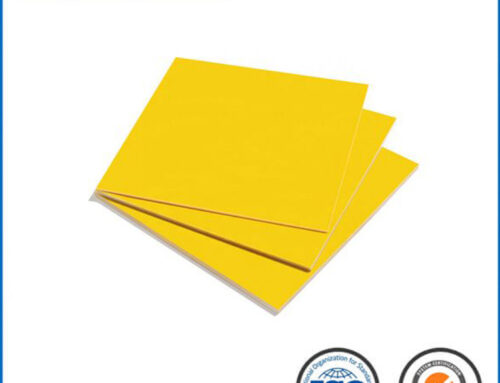FR1 and FR4 are two distinct materials widely used in the realm of electronics and PCB manufacturing. This article aims to navigate the differences between FR1 and FR4, exploring their properties, applications, and the considerations that influence the choice between these materials. Understanding the distinctions between FR1 and FR4 is crucial for engineers and designers seeking the optimal material for their specific electronic applications.
1. Composition and Properties: Unveiling the Material Characteristics
FR1 Composition:
FR1, or Flame Resistant 1, is typically composed of a paper-based substrate impregnated with phenolic resin.
The material is known for its lower cost and ease of machinability, making it suitable for certain applications.
FR4 Composition:
FR4, on the other hand, consists of a woven fiberglass cloth impregnated with an epoxy resin.
This composition imparts superior mechanical strength, higher thermal resistance, and enhanced electrical properties to FR4.
2. Mechanical Strength and Durability: Contrasting Material Performance
FR1 Mechanical Strength:
FR1 exhibits lower mechanical strength compared to FR4 due to its paper-based composition.
It is suitable for applications where less robust mechanical properties are acceptable.
FR4 Mechanical Strength:
FR4, with its fiberglass and epoxy composition, offers high mechanical strength, making it ideal for applications requiring durability and resistance to stress.
3. Thermal Resistance: Understanding Temperature Performance
FR1 Thermal Resistance:
FR1 has lower thermal resistance compared to FR4, limiting its suitability for applications exposed to elevated temperatures.
It is often used in situations where moderate thermal performance is acceptable.
FR4 Thermal Resistance:
FR4 excels in thermal resistance, making it suitable for applications where components may experience higher temperatures, such as in electronic devices with demanding thermal environments.
4. Electrical Properties: Contrasting Conductivity and Insulation
FR1 Electrical Properties:
FR1 may have lower electrical insulation properties compared to FR4.
It is often chosen for applications where strict electrical insulation requirements are not critical.
FR4 Electrical Properties:
FR4 offers excellent electrical insulation properties, making it a preferred choice for PCBs and electronic components where maintaining signal integrity is crucial.
5. Applications in PCB Manufacturing: Matching Material to Requirements
FR1 PCB Applications:
FR1 is commonly used in single-layer and double-layer PCBs where cost-effective solutions are prioritized, and lower mechanical and thermal properties are acceptable.
FR4 PCB Applications:
FR4 is extensively used in multilayer PCBs, high-frequency applications, and situations where robust mechanical strength and superior thermal and electrical performance are essential.
Conclusion: Making Informed Material Choices in Electronic Design
Navigating the distinctions between FR1 and FR4 is essential for electronic designers and engineers. The choice between these materials depends on specific application requirements, cost considerations, and the desired balance between mechanical strength, thermal resistance, and electrical properties. By understanding the unique characteristics of FR1 and FR4, professionals can make informed decisions to ensure optimal performance and reliability in their electronic designs.
More:




